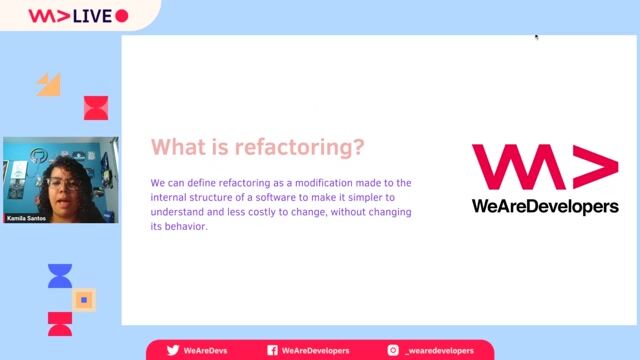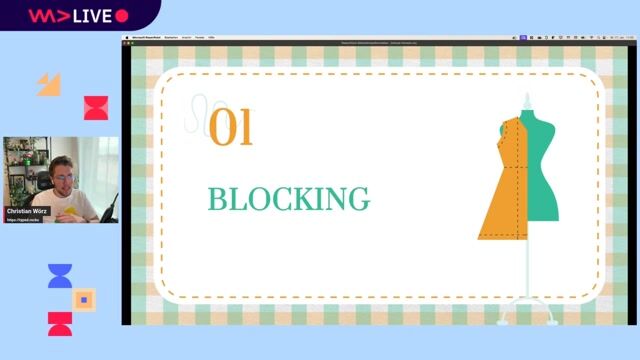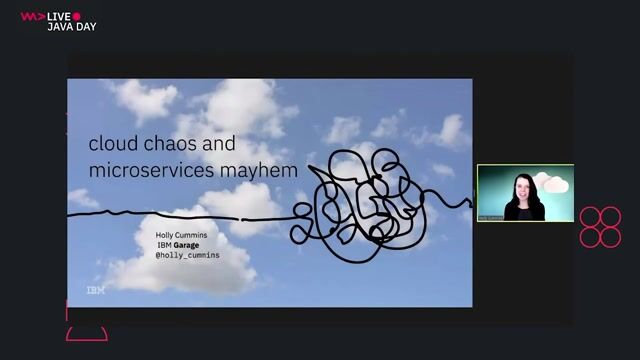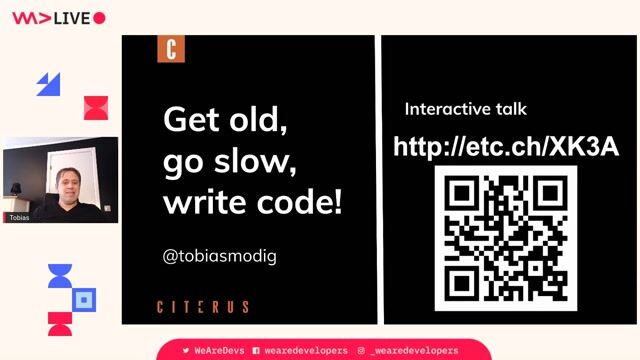Dominik Przybysz
OOP revisited
#1about 3 minutes
Defining object-oriented programming principles
Objects are modeled on real-world items with state and behavior, guided by core principles like encapsulation, SOLID, and GRASP.
#2about 4 minutes
The core principle of encapsulation and information hiding
Encapsulation protects an object's internal state by bundling data and methods into a single unit, but is often broken by public getters and setters.
#3about 5 minutes
Avoiding common pitfalls with getters and setters
Avoid exposing internal state by returning immutable collections, using optionals for nullable values, and carefully managing visibility modifiers.
#4about 4 minutes
Using abstraction and the information expert principle
Abstraction simplifies complexity by delegating responsibility to the object that holds the necessary information, following the "Tell, Don't Ask" rule.
#5about 3 minutes
Applying the Law of Demeter and pure fabrication
The Law of Demeter reduces coupling by limiting object interactions, while pure fabrication creates artificial classes for specific responsibilities.
#6about 4 minutes
Balancing single responsibility, cohesion, and coupling
Effective design involves creating classes with a single reason to change, high internal cohesion, and low external coupling.
#7about 6 minutes
Implementing dependency inversion with hexagonal architecture
The dependency inversion principle decouples modules by depending on abstractions, enabling patterns like hexagonal architecture and avoiding leaky abstractions.
#8about 8 minutes
Understanding inheritance and the Liskov substitution principle
Inheritance creates "is-a" relationships, but subclasses must be substitutable for their base classes without altering program correctness.
#9about 6 minutes
Preferring composition and leveraging polymorphism
Composition offers a more flexible alternative to tight coupling from inheritance, while polymorphism allows a single interface to represent different forms.
#10about 1 minute
Key takeaways for designing object-oriented systems
Good OOP design requires intentionally hiding details, applying principles thoughtfully, and making conscious decisions about class structure and interaction.
Related jobs
Jobs that call for the skills explored in this talk.
Featured Partners
Related Videos
 41:17
41:17I will have to refactor ! And now ? Refactoring Techniques in Java
Kamila Santos
 41:37
41:37Java with a Clojure mindset
Dan Lebrero
 1:01:30
1:01:30Domain-Driven Transformation—How to Bring (Back) Sustainable Architecture to Legacy and Monoliths
Henning Schwentner
 55:30
55:30Java 21: The Revolution of Virtual Threads - A Deep Dive
Christian Woerz
 45:39
45:39Give your build some love, it will give it back!
Amanda Martin
 27:49
27:49Modern Java: This is not your father's Java anymore
Ron Veen
 39:16
39:16Cloud Chaos and Microservices Mayhem
Holly Cummins
 50:16
50:16Get old, go slow, write code!
Tobias Modig
From learning to earning
Jobs that call for the skills explored in this talk.
![Senior Software Engineer [TypeScript] (Prisma Postgres)](https://wearedevelopers.imgix.net/company/283ba9dbbab3649de02b9b49e6284fd9/cover/oKWz2s90Z218LE8pFthP.png?w=400&ar=3.55&fit=crop&crop=entropy&auto=compress,format)

Senior Software Engineer [TypeScript] (Prisma Postgres)
Prisma
Remote
Senior
Node.js
TypeScript
PostgreSQL
Agile Prinzipien und Methoden - OMR Academy
IBB Institut für Berufliche Bildung AG
Agile Methodologies

